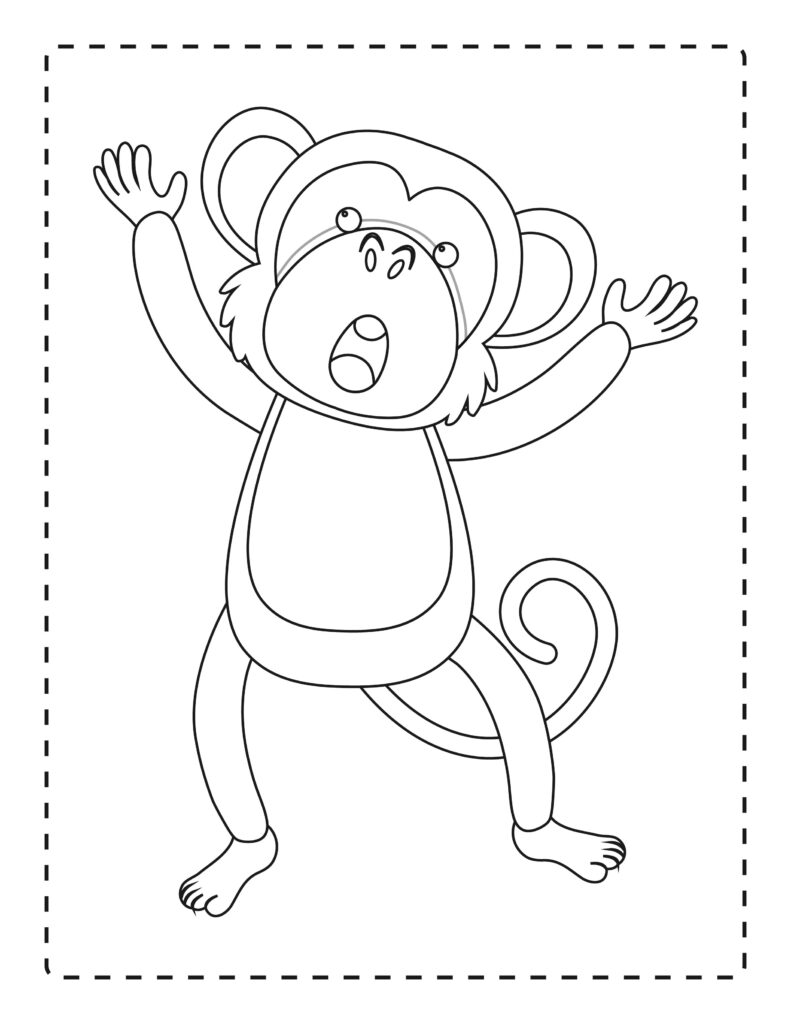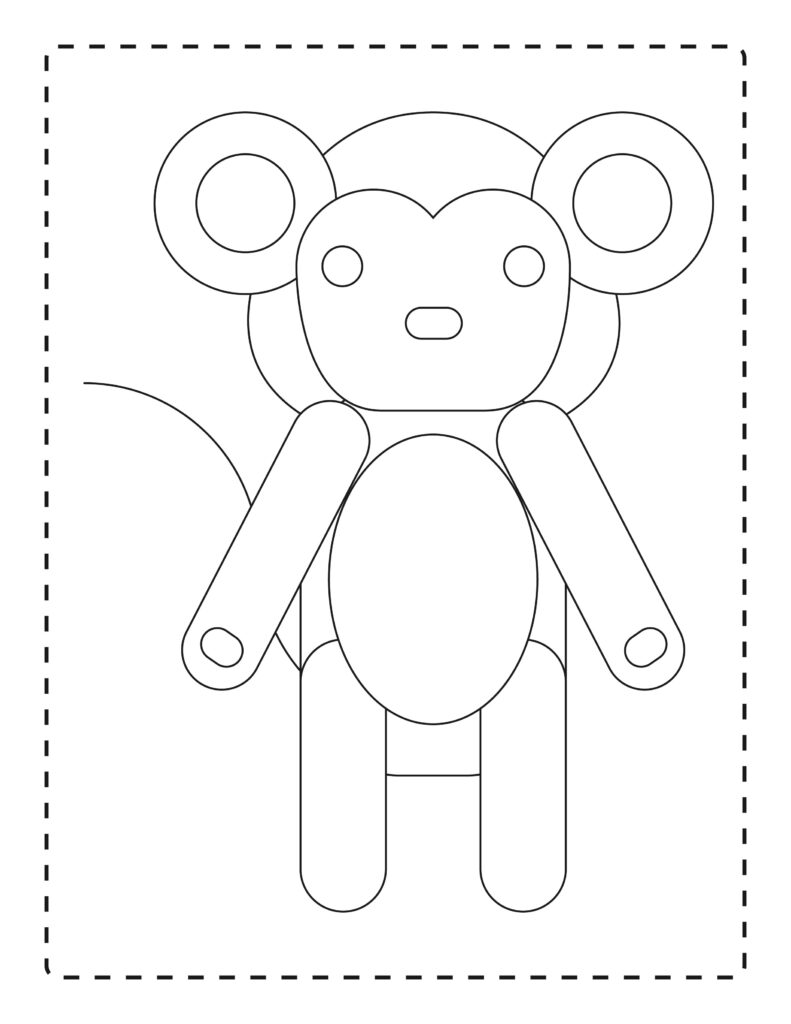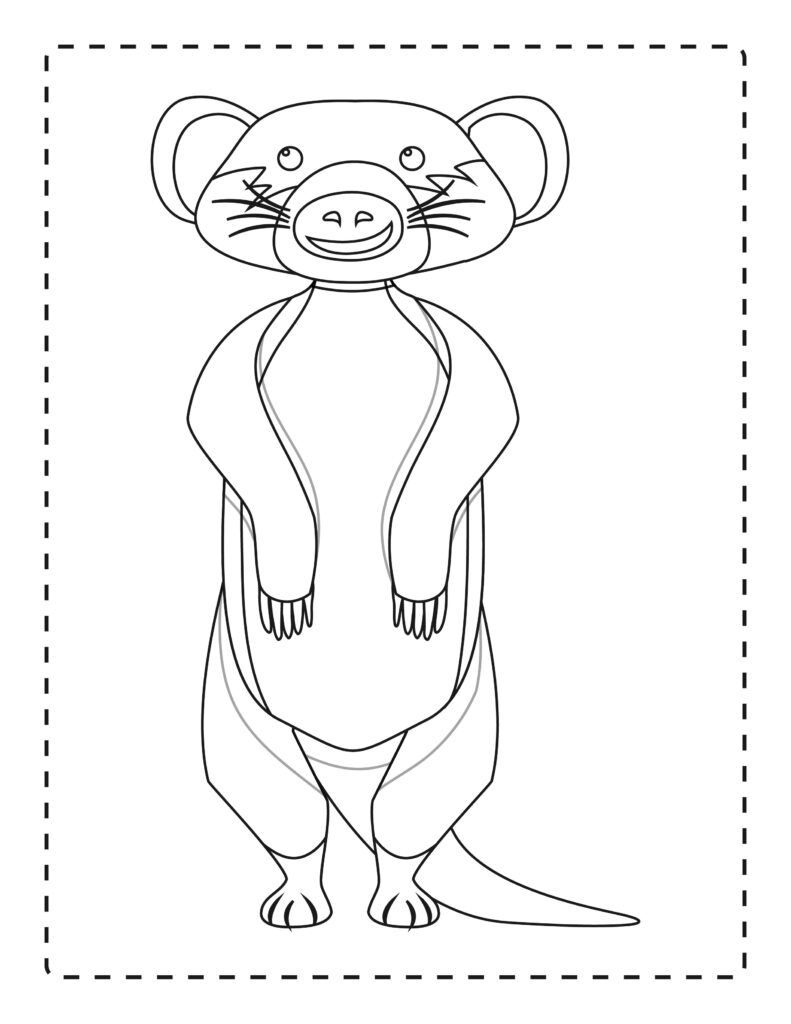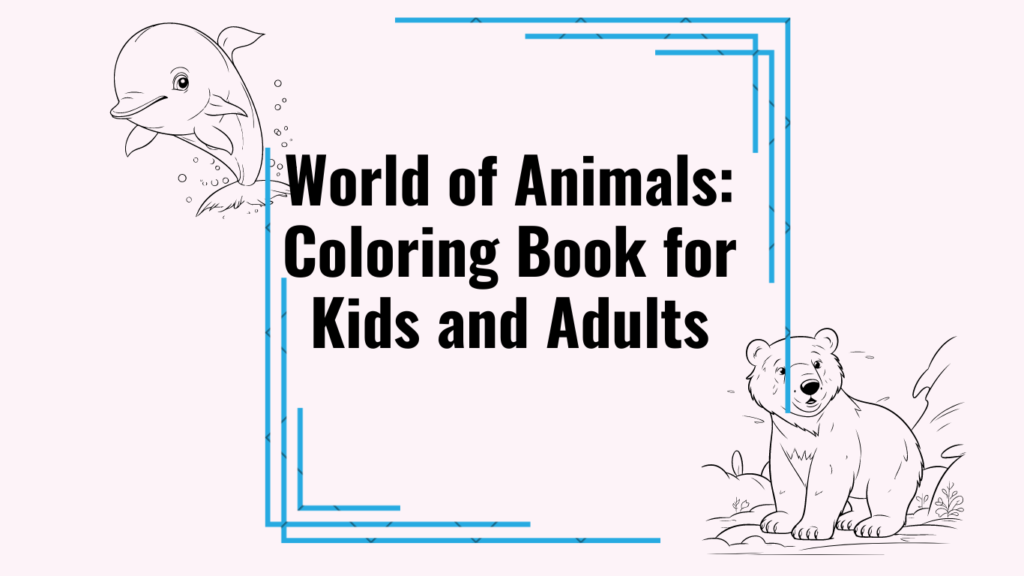“World of Animals: Coloring Book for Kids and Adults” offers a delightful journey into the fascinating realm of wildlife, perfect for enthusiasts of all ages. From the towering giraffes of the African savannah to the mysterious depths of the ocean where colorful fish dance, this captivating coloring book brings together a diverse array of creatures from around the globe. Whether you’re a curious child or a grown-up nature enthusiast, you’ll be enchanted by the intricate illustrations waiting to be brought to life with your imagination and colors. Coloring Book for Kids Get ready to explore the wonders of the natural world and unleash your creativity as you embark on this colorful adventure through the “World of Animals”!




- Animal coloring book 3
- The book contains 10 pages png
- Printable
- Without royalties
- Suitable for commercial use
The Fascinating World of Coloring Books
1. History and Evolution of Coloring Book for Kids
Coloring books have been a beloved pastime for generations, but their origins might surprise you. From their humble beginnings to the vibrant array of options available today, the history of coloring books is rich and diverse. Early coloring books emerged in the 17th century, primarily as educational tools for children. These books featured simple line drawings and were often used to teach basic subjects like geography and anatomy.
As time progressed, coloring books evolved alongside advancements in printing technology. In the late 19th and early 20th centuries, coloring books became more accessible to the masses thanks to the invention of lithography and the rise of mass production. This led to a boom in the popularity of coloring books, with themes ranging from fairy tales to historical events.
In recent decades, coloring books have experienced a resurgence in popularity among adults as well. This trend, often attributed to the stress-relieving benefits of coloring, has led to a proliferation of adult coloring books featuring intricate designs and patterns.
2. Benefits of Coloring for Adults and Children
The benefits of coloring extend far beyond mere entertainment. For children, coloring offers a myriad of developmental advantages. By engaging in this creative activity, children can improve their fine motor skills, hand-eye coordination, and cognitive abilities. Coloring also provides an opportunity for self-expression and encourages imagination and creativity.
Similarly, adults can reap numerous benefits from coloring. In today’s fast-paced world, many adults find themselves overwhelmed by stress and anxiety. Coloring offers a therapeutic escape, allowing individuals to unwind and focus on the present moment. The repetitive motion of coloring can induce a meditative state, promoting relaxation and mindfulness.
Research has shown that coloring can have tangible effects on mental health, reducing symptoms of anxiety, depression, and PTSD. The act of coloring triggers the release of neurotransmitters like serotonin and dopamine, which are associated with feelings of happiness and relaxation. Additionally, coloring activates the brain’s reward center, providing a sense of accomplishment and satisfaction.
3. The Design Process of Coloring Book for Kids
Behind every captivating Coloring Book for Kids lies a meticulous design process. Creating a successful coloring book involves much more than simply drawing a few pictures. Artists and designers must carefully consider factors such as page layout, image selection, and complexity of designs.
The page design process begins with brainstorming ideas and themes for the coloring book. Artists often draw inspiration from nature, mythology, or popular culture. Once a theme is selected, the next step is to create preliminary sketches and outlines for the illustrations.
When choosing images for the Coloring Book for Kids, designers must strike a balance between simplicity and complexity. The images should be engaging enough to hold the reader’s interest but not so intricate that they become overwhelming to color.
Once the illustrations are finalized, designers must carefully arrange them on the pages of the coloring book. Factors such as composition, spacing, and flow of images are taken into account to create a visually appealing layout.
In addition to the illustrations themselves, designers must also consider the quality of the paper and printing techniques used in the coloring book. The type of paper can significantly impact the coloring experience, with options ranging from smooth to textured surfaces.
4. The Psychological and Mental Impact of Coloring
While coloring may seem like a simple activity, its psychological benefits are profound. Research has shown that coloring can have a positive impact on mental health, reducing symptoms of stress, anxiety, and depression.
One of the primary reasons coloring is so effective at reducing stress is its ability to induce a state of mindfulness. Mindfulness involves focusing on the present moment and accepting it without judgment. When coloring, individuals are fully immersed in the task at hand, allowing them to temporarily escape from worries and distractions.
Furthermore, the repetitive and rhythmic motion of coloring can activate the brain’s relaxation response, leading to a decrease in heart rate, blood pressure, and muscle tension. This relaxation response counteracts the body’s stress response, promoting feelings of calmness and tranquility.
In addition to its stress-relieving effects, coloring can also boost mood and improve overall well-being. The act of coloring triggers the release of endorphins, the body’s natural feel-good chemicals, which can elevate mood and create a sense of happiness and contentment.
5. The Effect of Coloring on Focus and Relaxation Coloring Book for Kids
One of the most striking benefits of coloring is its ability to enhance focus and concentration. When coloring, individuals must pay close attention to detail and maintain a steady hand, which requires concentration and focus. This can be particularly beneficial for children, as it helps improve their attention span and concentration skills.
Furthermore, coloring can serve as a form of active meditation, helping individuals achieve a state of relaxation and mental clarity. Unlike traditional meditation, which involves clearing the mind of all thoughts, coloring provides a structured activity that keeps the mind engaged while promoting relaxation.
Moreover, coloring encourages individuals to engage in mindful breathing, a technique commonly used in meditation to promote relaxation and reduce stress. By focusing on their breathing while coloring, individuals can synchronize their breath with their movements, creating a sense of harmony and balance.
In conclusion, coloring books offer far more than just a fun way to pass the time. From their rich history to their myriad of psychological benefits, coloring books have the power to inspire creativity, reduce stress, and promote overall well-being. Whether you’re a child or an adult, picking up a coloring book can provide a therapeutic escape from the stresses of daily life.

